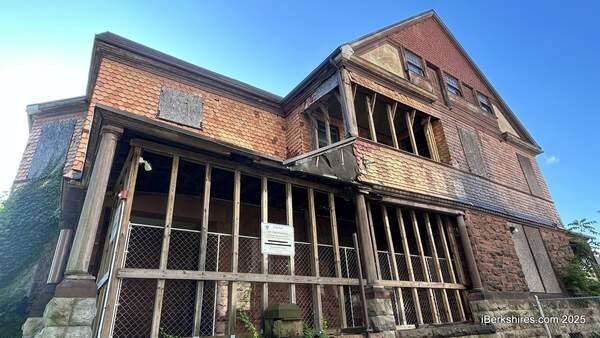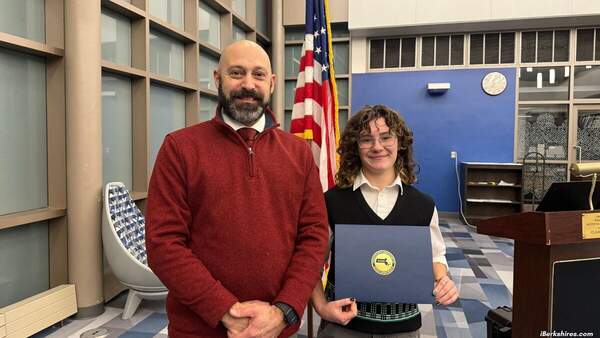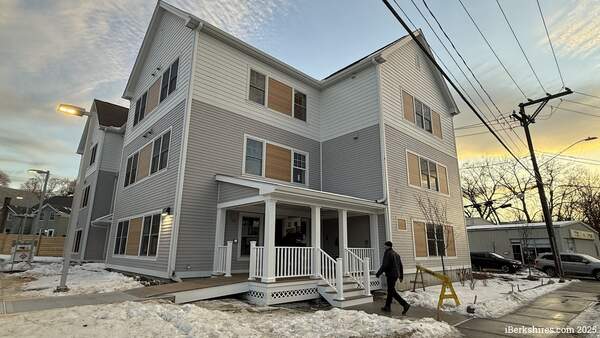Pittsfield Seeing Decrease in Average Rate of COVID-19 Cases
PITTSFIELD, Mass. — After a month of sharp COVID-19 increase, the city is seeing a decreasing average case rate.
"With regards to the number of cases we have been seeing, we continue to get high and low case days," Director of Public Health Andy Cambi wrote in an email on Friday. "It is a similar trend we have seen with past spikes. The cases would slowly decrease, usually taking periodic significant drops and then leveling off for a time."
There were 94 new cases on Thursday, 75 on Wednesday, 124 on Tuesday, and 46 on Monday.
The average case rate per 100,000 people is 223.6 after peaking at an all-time high of 283.1 on Jan. 16.
The positivity rate is now 16.8 percent, down from 18.1 on Jan. 17. That metric was close to the pandemic's highest positivity rate of 19.2 that occurred in early April 2020.
Similarly, the number of estimated actively contagious cases has dropped to 445, whereas there were 790 on Jan. 15.
There are currently 21 COVID-positive patients on precautions in Berkshire Medical Center. Pittsfield's 14-day hospitalization rate is 1 to 1.94 for vaccinated to unvaccinated patients.
Some 85 percent of residents are vaccinated with at least one dose and 74 percent of the community is fully vaccinated.
Cambi was unable to be at Tuesday's City Council meeting for a COVID-19 update but provided graphs that confirm the drops in cases and hospitalizations.
BioBot sewage testing also showed a decrease in virus concentration followed by a drop in cases.
Pittsfield has remained in the red incidence rate since November. That same month, the Board of Health voted to implement a mask directive that states that masks should be worn in all publicly accessible indoor spaces in the city unless seated at a table eating food or drinking.
The COVID-19 task force reconvened before Thanksgiving to discuss the city's health data that pushed it into the red zone. At the time, Pittsfield was at a 5.1 percent positivity rate, compared to the state's 3.28 percent, and a case rate of 52 per 100,000 people.
Mayor Linda Tyer distributed a press release in response to the city reaching a higher risk incidence rate asking residents to participate in the fight against COVID-19 by continuing to wear masks, wash hands, social distance, and be mindful of gatherings with those outside of the household.
After Christmas, cases began to spike until they reached a peak in mid-January.
Early in the month, BHS spokesman Michael Leary said that with the omicron variant present in the community, the number of people being tested daily for COVID-19 by BHS had almost doubled.
This surge also had an effect on the schools, as Taconic High School and Reid Middle School had to close on Jan. 6 and 7 because they do not have enough staff to open.
Just one day before, Superintendent Joseph Curtis had cautioned in a video and written communication to Pittsfield Public School families that school closures could happen because of the recent surge in COVID-19 cases.
Tags: COVID-19,
More Coronavirus Updates

.jpg)














